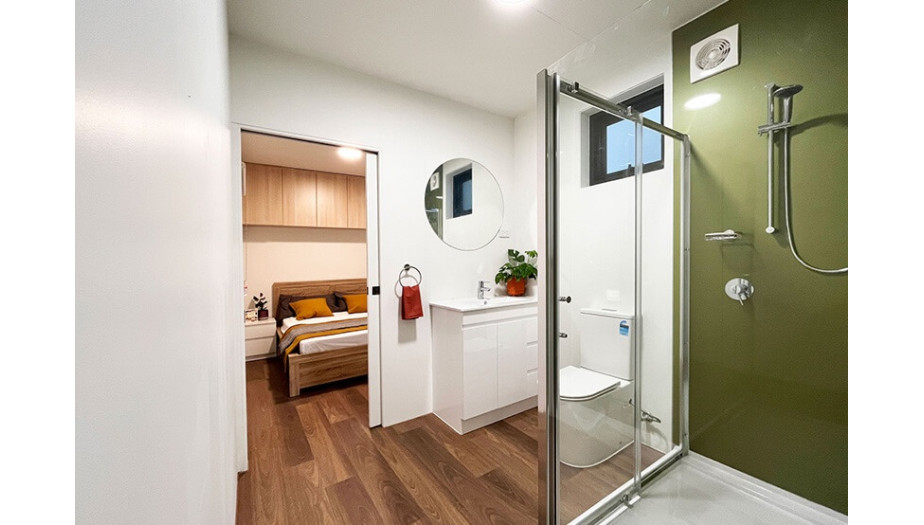
Whether you plan to live in it or rent it out to friends or family, purchasing a shipping container home is an investment, so you want to ensure that it is well insulated and locks in warmth when necessary..
If it's a chilly night, an uninsulated shipping container means you'll feel the cold, and a split system heater won't seal the heat!
This article will explain why insulation is non-negotiable when buying a container home, the challenges you might encounter, and what insulation material works best.
Insulation reduces heat loss and controls the indoor temperature of your shipping container, and it is trickier due to the limited width and corrugated metal walls! When it comes to container homes, there are three common methods of insulation:
Insulating your shipping container home office, house, or basic storage container is essential as it can reach up to 20 degrees higher than the external temperature, especially if in direct sunlight.
For example, corrugated steel shipping container homes require insulation to control extreme heat, control energy transmission, and retain warmth inside during colder months by cutting back the flow of heat.
A shipping container must be pre-insulated as part of the design process to experience a temperature that doesn't fluctuate. You don't want to enter your container home after a long day and find it boiling hot!
Whether you're planning on buying shipping container homes to go on your plot of land or you want to live off the grid, there are many reasons to insulate.
Australian weather is unpredictable; Melbourne's weather often comes from the chill of the Southern Ocean while also being at an intersection of a hot continent, hence being known for the four seasons in a day! You won’t want to do without a good insulator.
Insulating your container home keeps the internal temperature stable and cosy, whether it's 40 degrees outside or an icy -1 degrees. Water vapour in the air can condense when in contact with surfaces, and without a reliable vapour barrier, your container is prone to corrosion.
Insulation slows down the warming and cooling process during the day, so insulating your building will be more comfortable.
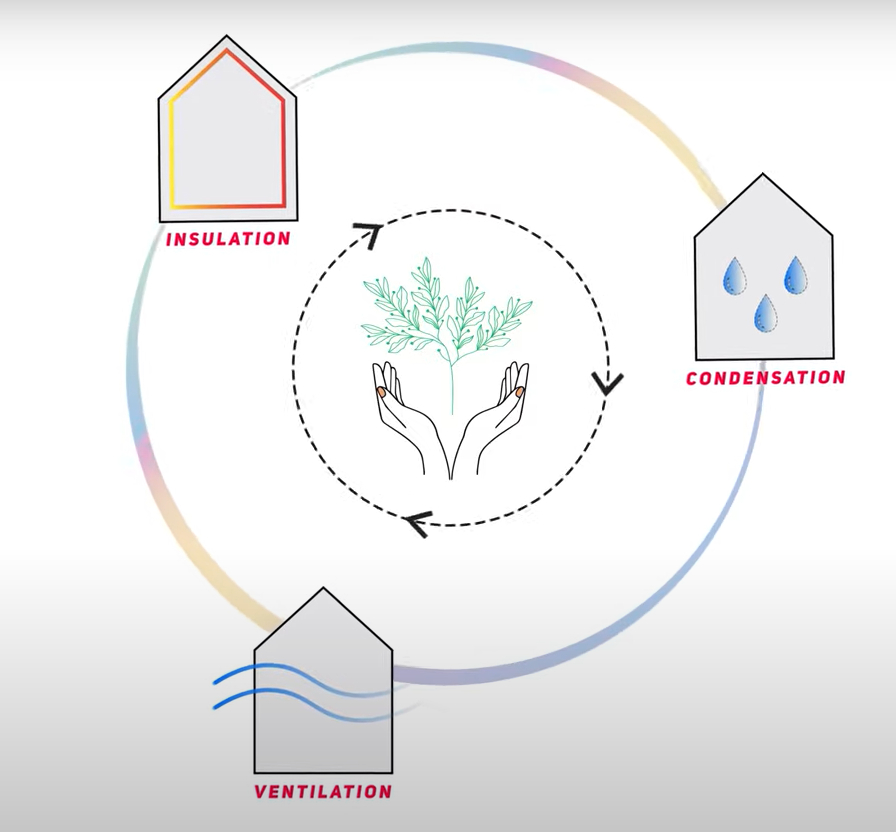
Warm and moist air coming into contact with surfaces results in condensation on the walls and ceiling, and this is the last thing you want to deal with.
If your shipping container home isn't properly insulated, a build-up of condensation can, over time, cause corrosion, water damage (such as water spots on wood), mildew, or mould growth (like black spores), especially in the wall cavity.
Although condensation growth is less of a problem for conventional constructions, it is more of a problem with containers as the walls are fully welded and airtight, which can trap water within the cavity. Moisture can form into water droplets on the inner metal surface if the outside temperature drops below the dew point, which can lead to the material’s deterioration
Not only does this decrease the value of your tiny home if you plan on selling it eventually, but it isn't good for your health and well-being! Sleeping next to mould can cause respiratory problems such as asthma. Insulation provides a barrier that keeps you safe from these dangers to your health.
Energy savings are the main factor when insulating a shipping container. The right insulation for container homes acts as a thermal barrier, slowing the heat transfer rate between the inside and the outside environment.
A big part of insulation saving energy is moisture and condensation control, stopping energy loss through damp walls so heating and cooling systems don’t need to work overtime to counteract a cold, wet internal space.
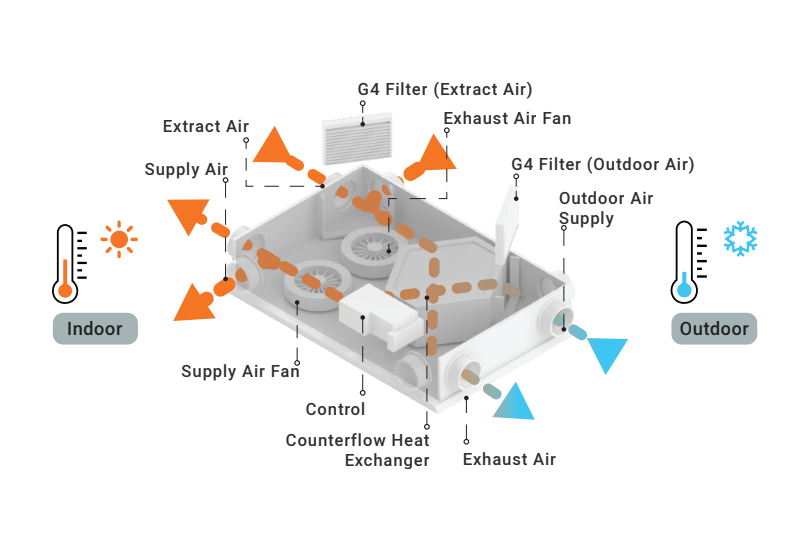
Sonic Steel’s Heat Recovery Ventilation (HRV) can retain up to 85% of thermal energy while bringing in fresh, filtered air in exchange for stagnant air.
During a cold winter night, you can shut all the windows and keep toasty warm while enjoying fresh, ventilated air with only 8W of power. The HRV maintains a constant humidity level inside the home by eliminating excess moisture generated from cooking, washing, and breathing.
A well-insulated shipping container home also supports sustainable living because you don’t have to blast the AC 24/7 to maintain the temperature. Insulated containers take much less energy to cool, making them cost-effective and better for the environment.
Sonic Steel uses polyester to insulate under the floor for its moisture resistance and as a recyclable material.
Shipping container homes are made from steel, but the correct insulation will dampen sound vibrations, reduce noise, and act as a buffer against traffic, nearby construction, wind, or heavy rain, absorbing these sound waves.
If your shipping container is your new home office, you’ll want to be free of outside distractions. Insulation is great for temperature control and also works as a sound barrier.
What do you need to consider when it comes to the insulation material?
How do you maximise the efficiency of shipping container home insulation?
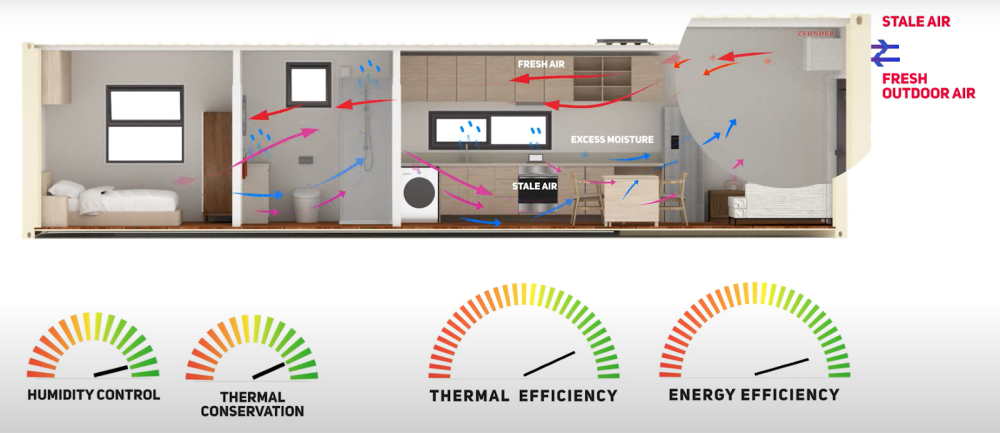
Sonic Steel has a unique system that eliminates air gaps within the shipping container walls, stopping moisture from contacting the metal surface. This underfloor insulation can maximise your thermal comfort as a termite and pest protection and protect the underside against bushfire risk (a requirement for a higher BAL rating).
This approach eliminates air gaps and provides a thermal and vapour barrier to avoid condensation. PUR has superior insulating performance compared to EPS and other materials.
As a standard in all designs, Sonic Steels VenSulation System is the only one in Australia that addresses ventilation, condensation and insulation for shipping container homes so you can feel protected and comfortable.
So you’re considering buying a shipping container as a home office or permanent living space. What kinds of designs can you build?
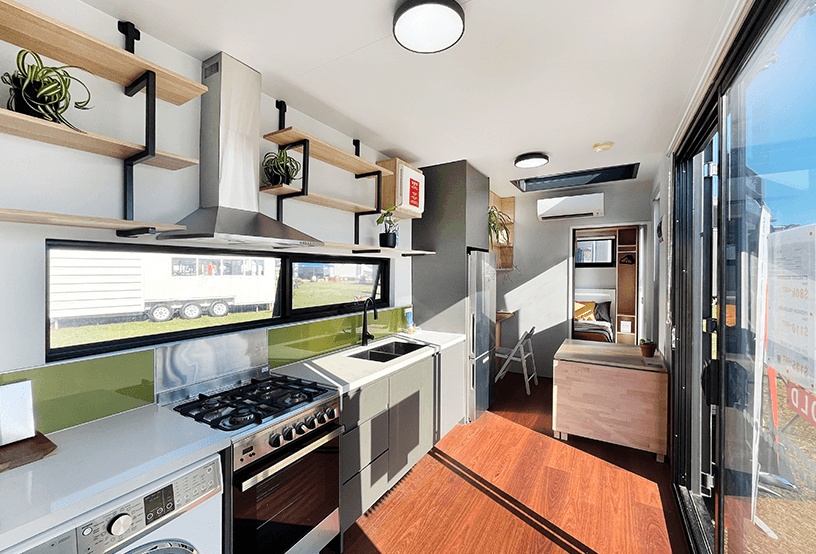
The Mark III is converted from a 40-ft high cube and has premium, optional off-grid features. It features a decked-out kitchen, study nook, and home office space that can be turned into a main double bedroom. Some other features include:
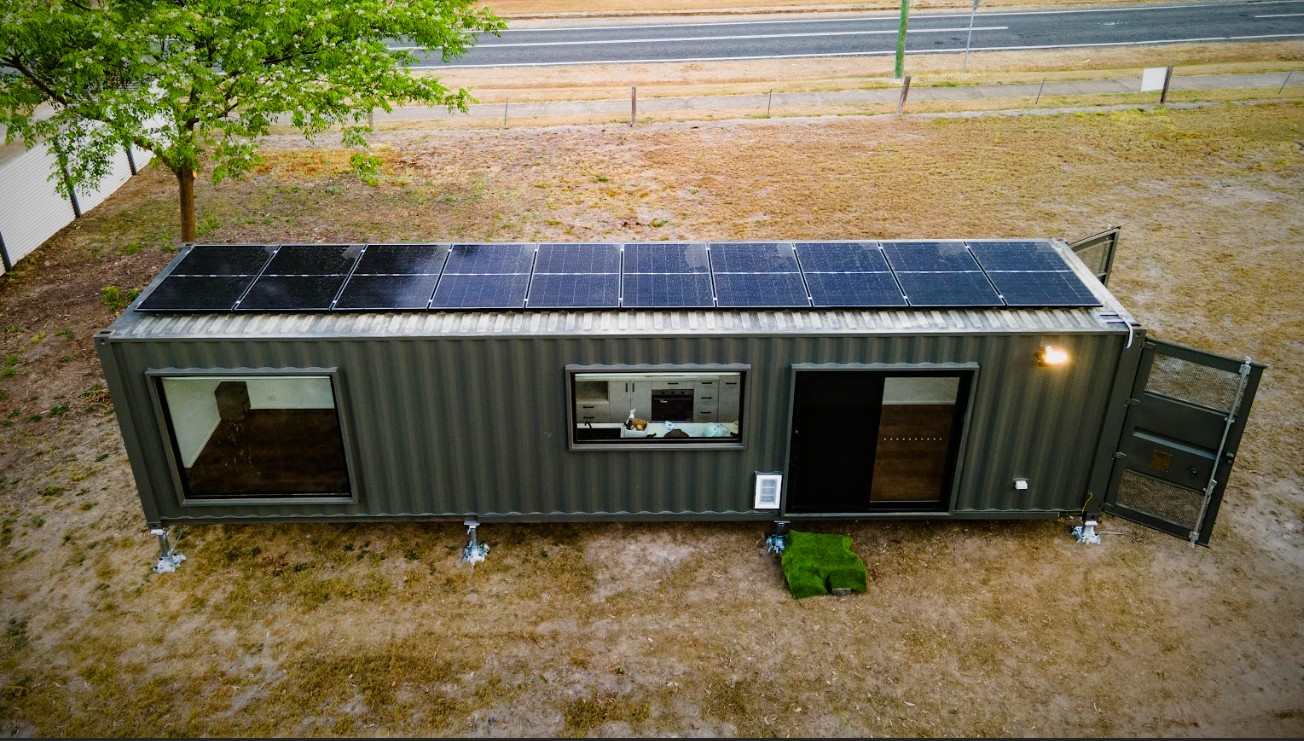
The Mark IV+ has every utility you’ll need to make it feel homely. Let’s look at some of the features:
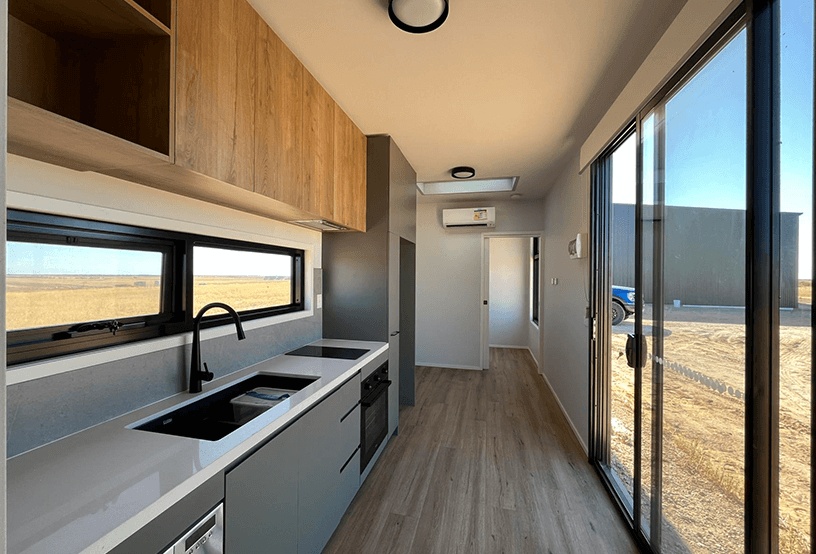
If you want a design that can accommodate two children, the Mark V is a functional living space, so you don’t need to compromise on space or comfort. Bright and welcoming, what are some of the features?

Do you have custom designs in mind? Sonic Steel container homes can be custom-designed and built. We don’t believe in a one-size-fits-all approach, so we’re always ready for any build.
From joining multiple containers side by side or building double-storey, we work with you to achieve a design that suits your budget!
And if you want to invest in a tiny home but don’t have a big budget, don’t stress. Sonic Steel partners with The Great Escape Finance to expand your financial options. Likewise, The Council Approval Group streamlines the Council Approval process for you, helping over 1900 people.
As a specialist in the shipping container industry since 2014, Sonic Steel has evolved from repairing and servicing to shipping container modifications to building them and turning them into homes.
Transforming your container home ideas into reality, we aim to deliver a design that suits your lifestyle and is personal to you.
Contact us today or download our brochure now to learn more about our systems, our partners, projects, and DIY options!
With Tiny Home Expos in Melbourne, Brisbane, Adelaide, and Canberra, we offer free delivery (*up to $5000) to each state the expo is in exchange for using your project as a display at the show. Offer expires 8 weeks before each Expo and is limited to one project per expo only.
How to Maximise Space in a Shipping Container Home: Secrets Revealed
Can You Modify a Shipping Container? Exploring Your Options
From Steel Box to Dream Home: How Smart Ventilation Transforms Container Living
Top 5 Benefits of Opening a Shipping Container Cafe: Why It’s a Smart Choice
How to Choose the Perfect Size for Your Relocatable Shipping Container Home